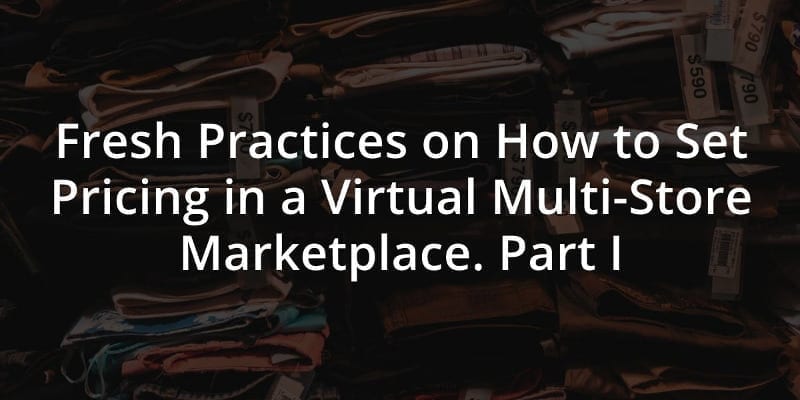Fresh Practices on How to Set Pricing in a Virtual Multi-Store Marketplace. Part I
Dealing with ecommerce multi-store marketplaces always means using a well-thought pricing strategy. Taking into account enormous competition it’s getting more and more difficult to stand out against the competitors. In this article we gathered some effective pricing strategies for both entrepreneurs and sellers that will help to boost sales. Let’s start!
You may also be interested:
Top 10 multi vendor marketplace software
Online marketplace center promotion
1. For Multi Vendor Marketplace Owners
When the right eCommerce platform is chosen and the main challenges of creating an online marketplace are met it’s high time to tune it up. To build a sustainable marketplace you’ll have to make one of the first steps which are really important—decide what pricing strategies will work for your virtual multi-seller mall.
Unfortunately, there’s no a one-size-fits-all pricing strategy that matches any kind of an online marketplace center. The income may be generated from different types of services including ads, affiliate revenues, paid vendor promotions and so on but still, commissions would take the largest share.
What kind of commissions do two-sided marketplaces charge?
- transaction fees (flat or percentage)
- listing fees
- subscription or membership fees
- premium plan fees
But how much should you charge? Obviously the more the better is not an option especially when you’ve just started. Extremely high rates make the pricing abnormally high as they are a part of the final price that customers see. And of course, high rates will scare off the prospective sellers.
Let’s turn to the old salt veterans. Depending on services they offer the commision values vary a lot. Etsy offers one of the lowest commissions—5% per transaction.
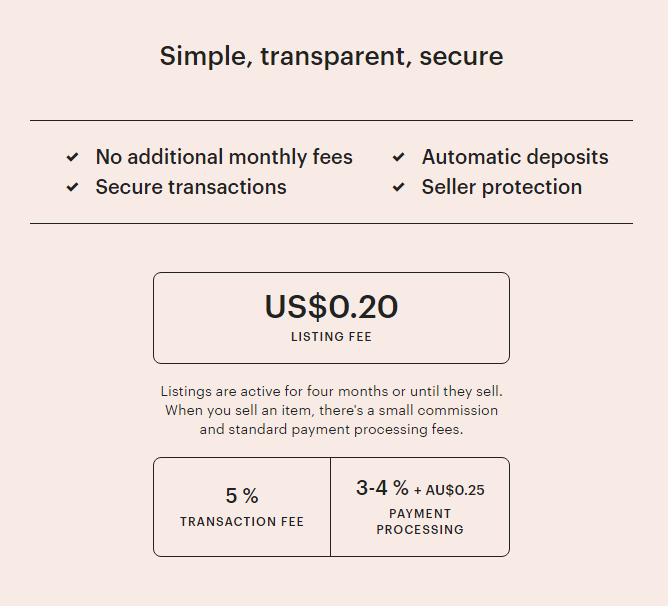
Housing rental services like Airbnb and Booking charge up to 20% fees depending on the level of service. In the case of the eCommerce multi-store marketplace Airbnb, the percentage is much lower for hosts (3%) than for guests (0-20%).
The virtual multi-seller mall giants like eBay and Amazon keep their fees around 10%. Uber and Fiverr fees are higher and are about 20%.

This table made by Bill Gurley shows how different the percentage may be. Shutterstock commission is huge comparing to the others—70%.
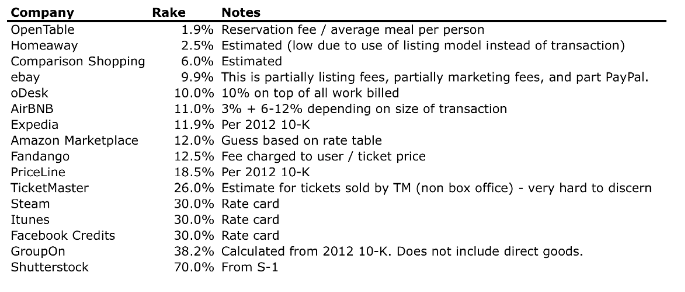
As we can see a 10-12% fee could be that middle ground that most of the shops could afford. It’s nice as something to start with but you should take into account the following factors to transform it for your particular business model.
1.1 Is your niche rare?
Let’s say you came up with the idea of something really unique and there are no competitors on the market. In that case, the pricing decision is simple because you’re free to set any fee (even quite high) you find appropriate.
But more likely there are already several or numerous channels your potential sellers already use. That’s why your offer must be competitive.
The online marketplace center Etsy was started in 2005 and it had to compete with eBay and Amazon. So their pricing strategy was based on setting much lower and attractive fees to sway sellers from major marketplace shopping cart platforms.
If you are trying to beat a number of strong rival virtual multi-store marketplaces you have to offer something they don’t have, whether it’s a smaller commision or greater value.
Do you know why photo stock services like Getty or Shutterstock are able to charge up to 90% from a photographer? Because they are the biggest stock services offering an impressive selection of images thanks to the number of vendors. The wider selection they offer the more value it has for a customer. Thus if a photographer wants to sell his works the chances are much better with big photo stocks.
This scheme may not work for shops where the services are identical, for example, transfer services. If existing providers are enough to meet customers’ needs there’s no point in increasing the number of providers.
Thus the more value a product selection has for a customer the higher fees the owner could set.
1.2 How high is the transaction volume and flow?
In most cases it’s not the percentage your sellers care about, it’s the actual amount of money.
10% fee seems fine if an average transaction is about $10. But it’s quite another matter if an order costs hundreds or thousands dollars. Thus the larger amount of money appear in the order the smaller fee percentage is expected by the seller.
Fixed percentage works perfectly if your virtual multi-seller mall is narrow enough and transaction range is limited. Otherwise, it’s vital to make your fees flexible depending on transaction volume and size as the online marketplace center Airbnb does.

Another thing that should be considered is the fact that some of your providers sell more often than others and their profits are not comparable. Should there be any pricing differences? Most major companies say yes. Some of them offer benefits like promotional offers, shipping discounts, priority support and so on while the fee stays the same. Others choose to offer paid premium plans for “big” providers including promotional services with higher rates. This market-driven pricing dynamic motivates vendors to stay with their preferred marketplace and average fee is getting higher thanks for competition.
If you’re aiming to beat the Amazon marketplace shopping cart platform with your versatile product range marketplace you’ll have to keep your rates low. But low rates does not necessarily mean low profit. Low rates + high turnover mean a high profit and a sustainable business. Because when staying with a particular platform outweighs the costs charged for it you get your loyal sellers and reasonable prices for customers.
1.3 High margin or low margin products?
Think about your sellers and their products or services. What kind of stuff do they sell? Low margin products or something with a high markup? For example, you cannot charge a lot to those guys selling daily-demand goods as their markup is already low (usually less than 20%).
But let’s get back to photo stocks. The digital market in general is very different. A product is made only ones but then it can be sold as many times as possible with no need to invest in it again bringing pure profit to the creator. So no wonder photo stocks fees are that high.
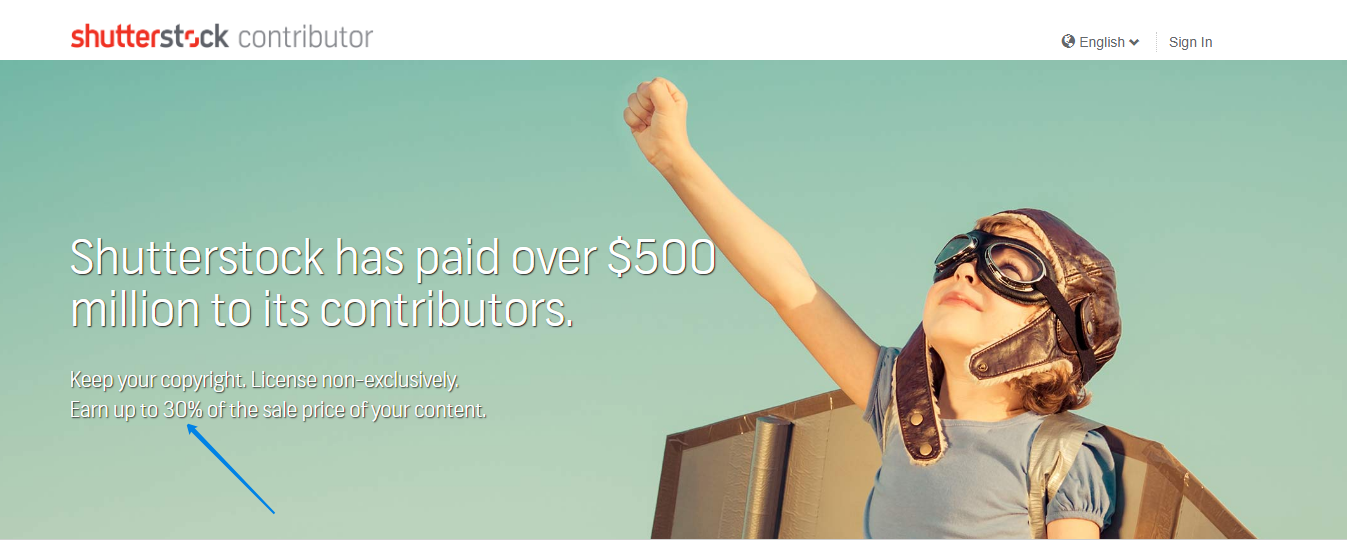
If product markups are really different in your shop you might want to apply different commission rates for different product categories like the ecommerce multi-store marketplace eBay.
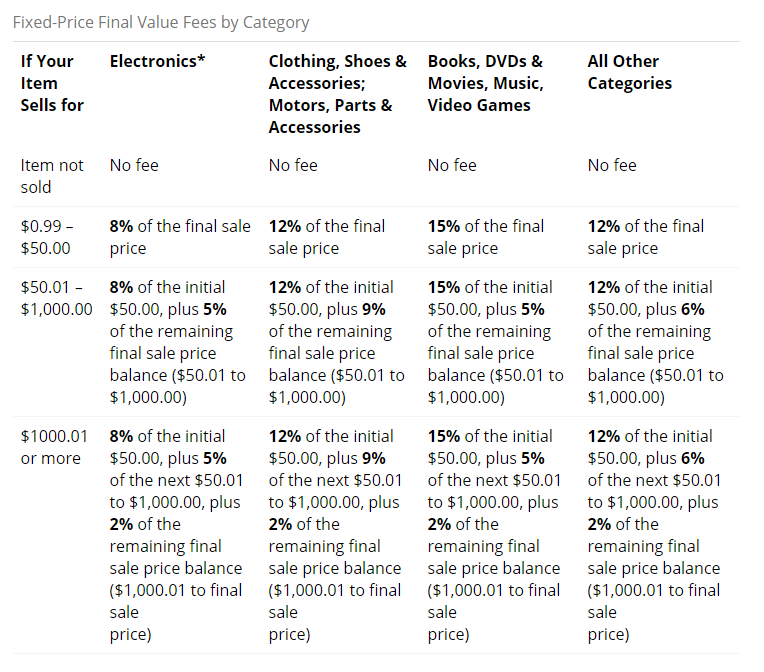
1.4 Is the price transparent?
Price transparency helps increase the value of your virtual multi-seller mall. The absence of a price noise encourages shoppers to stay at your place instead of going somewhere else.
Let’s see how it can be achieved. One of the simplest but still cleverest way to do this is to free your customers from the need to browse the pages trying to find the cheapest offering of the necessary product sold by different vendors. Displaying best deals on top of search results is what clears it up and facilitates the buying solution.
Another way to show if the price is good or not is to add a unit of comparison like the Amazon ecommerce shopping mall does. It’s always easier to decide when you can compare the prices that way.
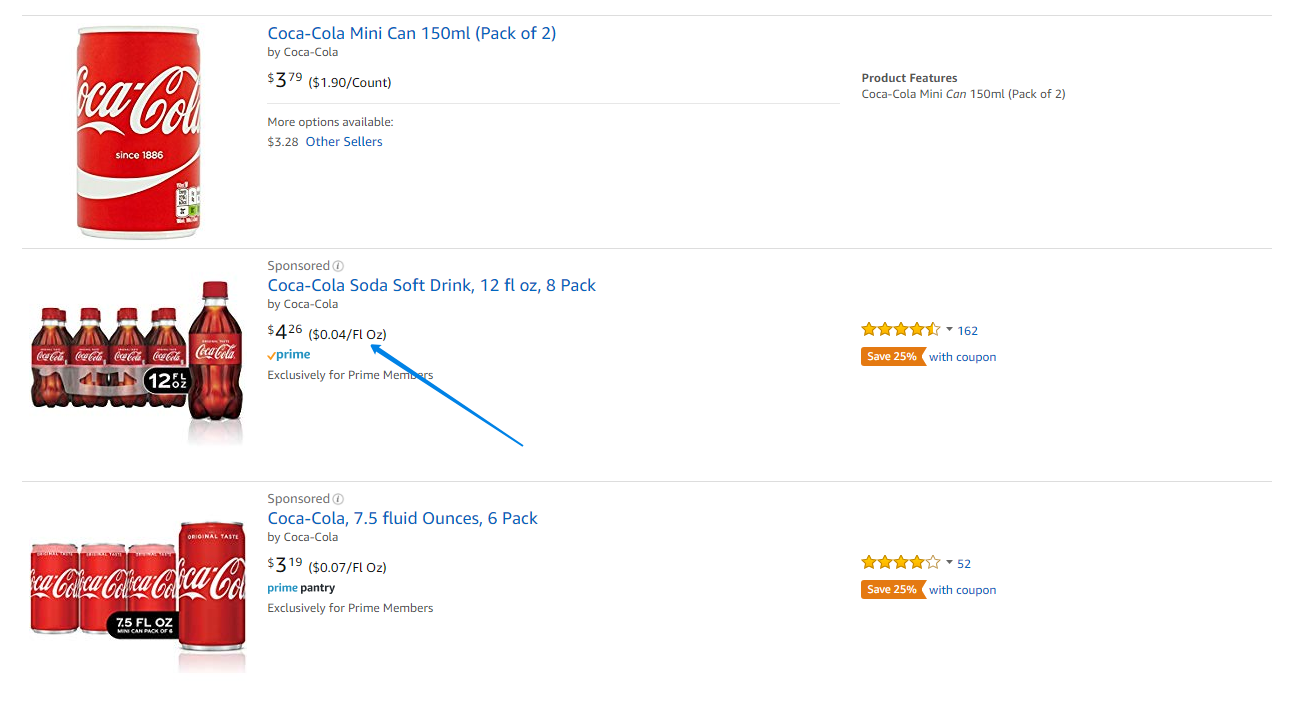
1.5 Is your product choice valuable?
Buyers will choose to shop from your marketplace shopping cart platform and your sellers only if enough value is offered. Usually, the value correlates with pricing but it’s not the only parameter that matters. An additional value is what lets you set higher rates.
What additional values could be offered? If we speak about rental virtual multi-store marketplaces, insurance can be that additional value that both sellers and buyers would appreciate.
Another strategy is a good solution for niche or themed ecommerce projects. Offering only hand-picked items with guaranteed high quality may help raise your rakes.
It also may be applied to vendors. You may want to check every provider before letting him or her sell products or services through your marketplace shopping cart platform. Thus you’ll get loyal customers who are ready to pay some more. It’s in particular important for services like private tutoring or child care.
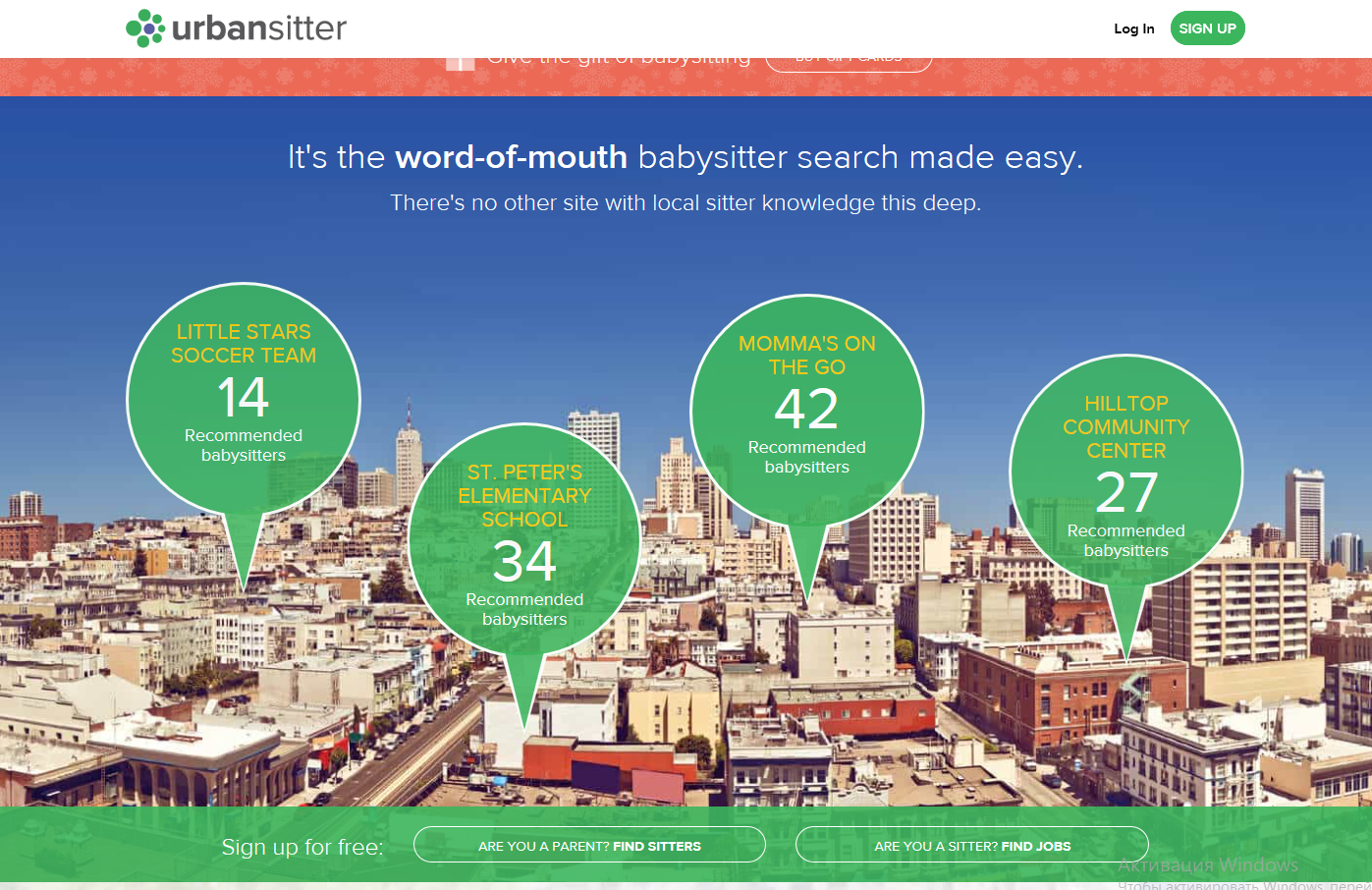
So it’s up to you to choose either quality with careful providers/products selection or quantity with a really wide choice of sellers.
1.6 Vendor vs Shopper
One of the most important characteristics of an eCommerce multi-store marketplace is its two-sided nature. A seller is one part and the shopper is another, both brought together by the virtual multi-seller mall owner. So who should pay the fees?
It mostly depends on your business model and whether it is demand-constrained or supply-constrained. Most likely you have already thought about the chicken-or-egg problem thus far so the question would not be that difficult.
If having enough buyers is what you need to attract more and more sellers, it would be fair to decrease the friction number for your customers and charge your providers. This is what ecommerce shopping malls eBay and Amazon do.
The online marketplace center Airbnb is quite the opposite. It seems difficult to convince people that they are safe renting their houses to strangers. So in that case a customer pays much more than a house provider.

You even might want to consider to sponsor one of the parts. Obviously, it won’t work for fresh startups with smaller capitals.
Don’t forget to invest in the careful study of pricing dynamics in your ecommerce multi-store marketplace and be sure you’re free to change your pricing strategy with time. As a first step setting cheaper discounted fees is a perfect strategy to attract the sellers. Just make it clear that after a certain limited period of time the pricing will be back to the “normal” rates.
When the pricing strategy is clear it’s time to attract the providers. So find out how to do this in our tutorial.
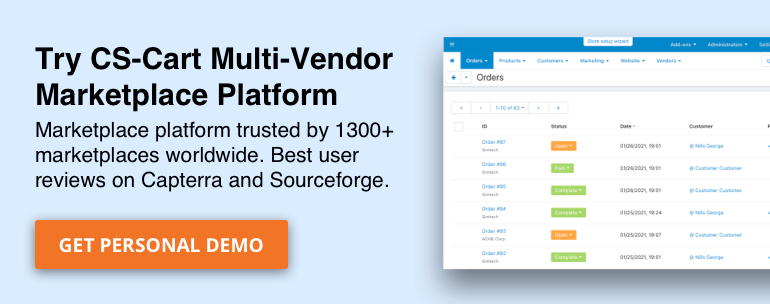
2. For Providers
Unfortunately, pricing tactics that work for a stand-alone eCommerce store don’t always fit virtual multi-store marketplaces. Apart from common pricing tricks and techniques, you should also consider the cost paid for an item, your competitors’ prices, and your sales volume. And of course, as you may guess hitting the first positions of the search results page is not only the price matter. Check out below how you can beat your rivals in big ecommerce shopping malls.
2.1 The lowest = the best?
Why is it bad to price your items less than any competitor you could find? There are a number of reasons:
- If you really cut the margin low you’re getting close to selling your products at a loss
- Extremely low prices create an illusion you’re selling something cheap and make customers question the quality
- Your competitors may have better deals with their suppliers so it’s easy for them to undercut your price (which is already the lowest possible for you)
Thus trying to beat the lowest price is not a great decision. Instead, try to … (see below).
2.2 Build Your Cost
First of all, it’s really necessary to calculate how much the product costs you. To do this take into account the following parameters:
- Shipping costs (into and out)
- Customs
- Storage expenses
- Marketplace fees and commissions
- Package
- Payment wiring
- Return fees
- Labour
When you know all the above you’re ready to calculate the minimum profitable product price as well as the maximum price which should not be higher than 20% more than the highest competitors’ price.
2.3 Watch the Competitors
Analyzing your competitors’ prices is a time-consuming task. But it’s necessary to not only do it once but also to monitor the data persistently. You can try to do this manually or use some of the existing price optimization software.
Now let’s get back to the lowest price strategy. There is a smarter way to use it. You can start by choosing a number of not so popular items (out of fashion, slow to move and so on) and undercut your competitors. It’s better if all these items are no more than 20% of the whole product range. You might even want to offer one or two products with no profit at all. Such an approach will have a positive impact on sales ranking and thus bring more organic sales.
Sooner or later someone will beat your prices which means it’s time to choose another group of items to decrease costs and get back your margin on those previous ones.
2.4 More Value
If a race to the bottom approach is not for you try to come at this from another angle. You can add value to your offering by adding something extra like free shipping, gifts, or consumables. Or even engage with a non-profit organization. Make sure you mentioned it into the product name so that customers knew why your offering is better than that guy’s one.
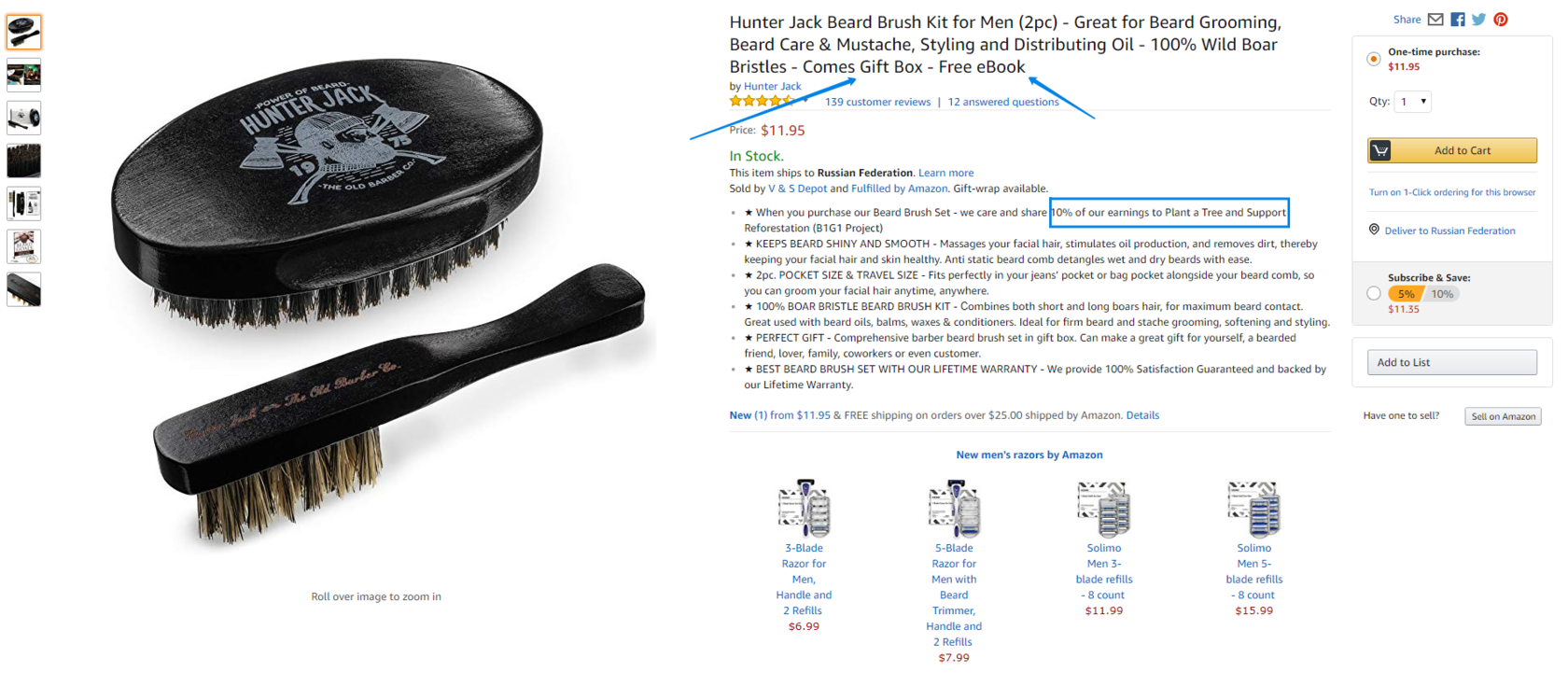
2.5 Seasonality
Some products generate most of the sales within a short period of time. To understand if you have something from this category or not, check your previous sales reports to see the dynamics. The easiest way to optimize the prices is to use software but you can do it manually as well.
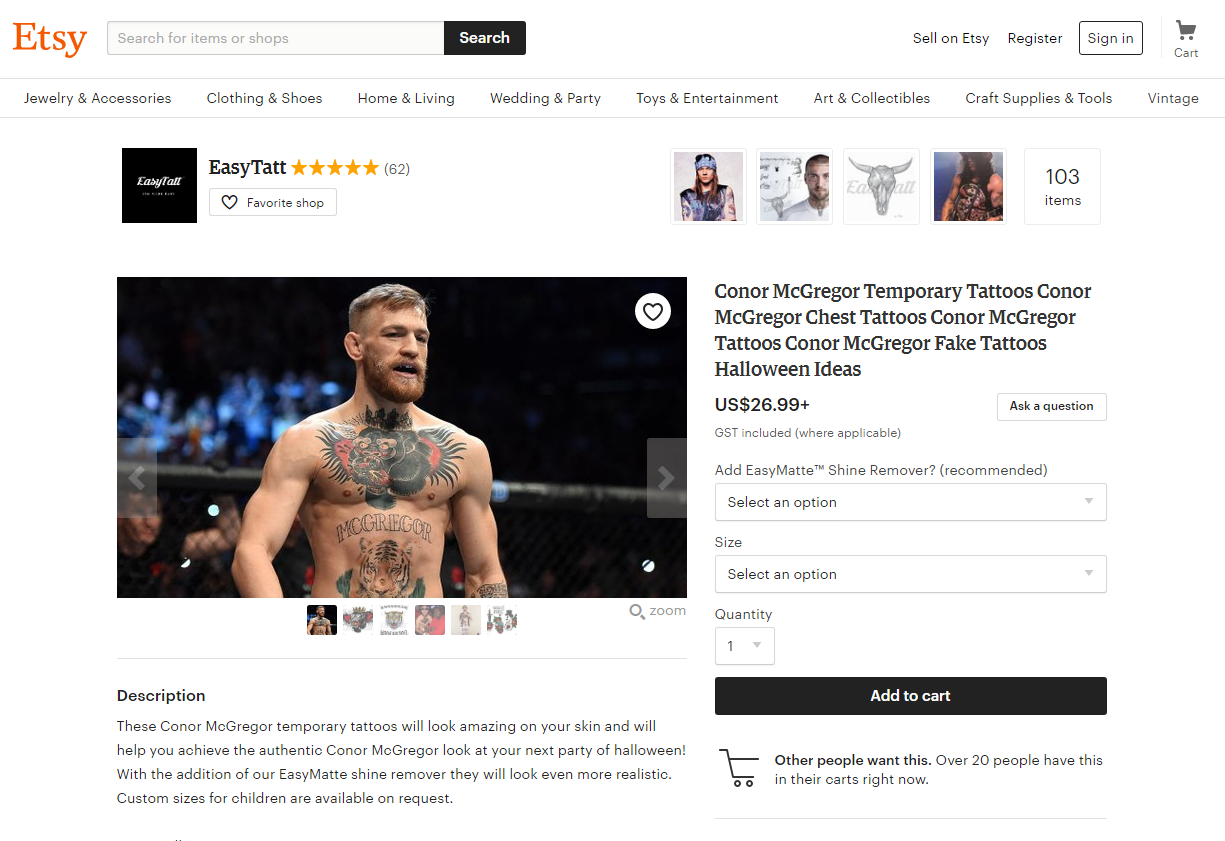
2.6 Price Perception
Why would one want to buy something online? First of all, because it’s convenient. But also shoppers believe they would find better deals in big marketplaces with strong competition.
You can use it to your advantage. Just make them believe your items are much more affordable than the average offerings.
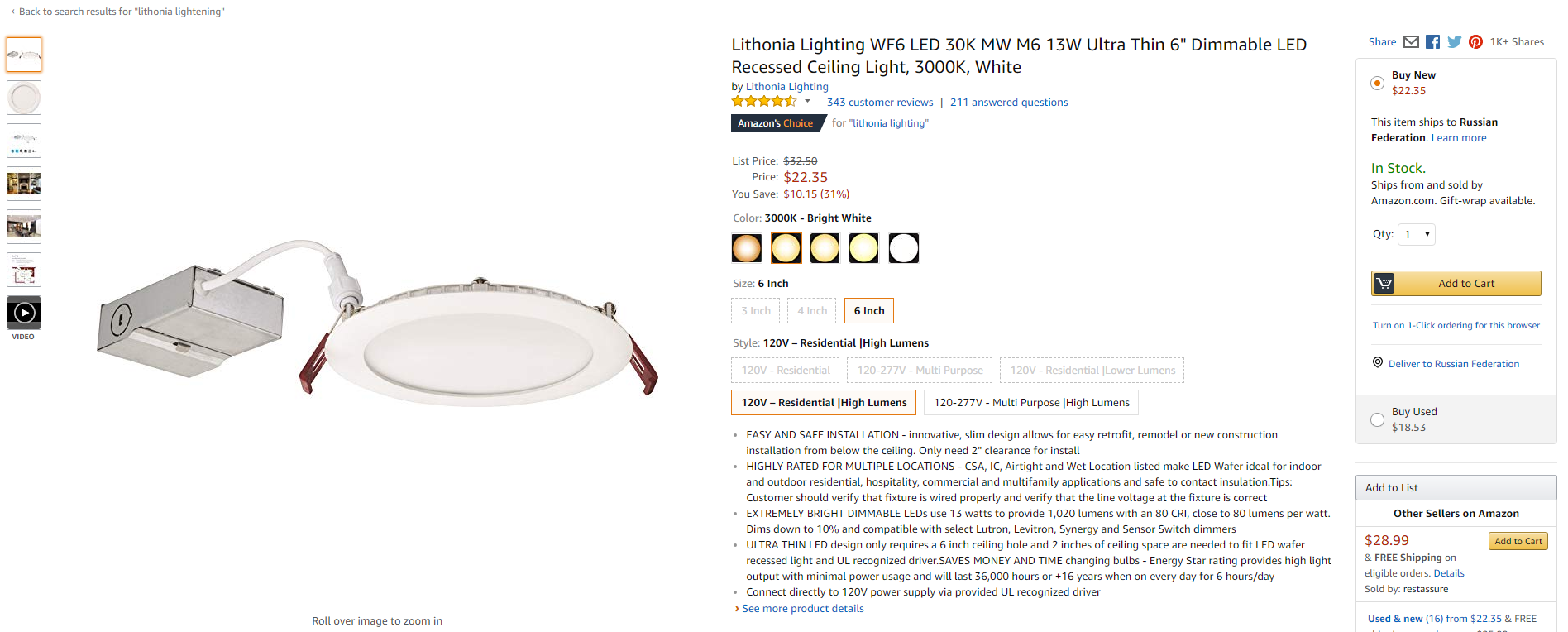
This item seems a great deal, the discount is 31%! But if we try to search elsewhere, we’ll see this.
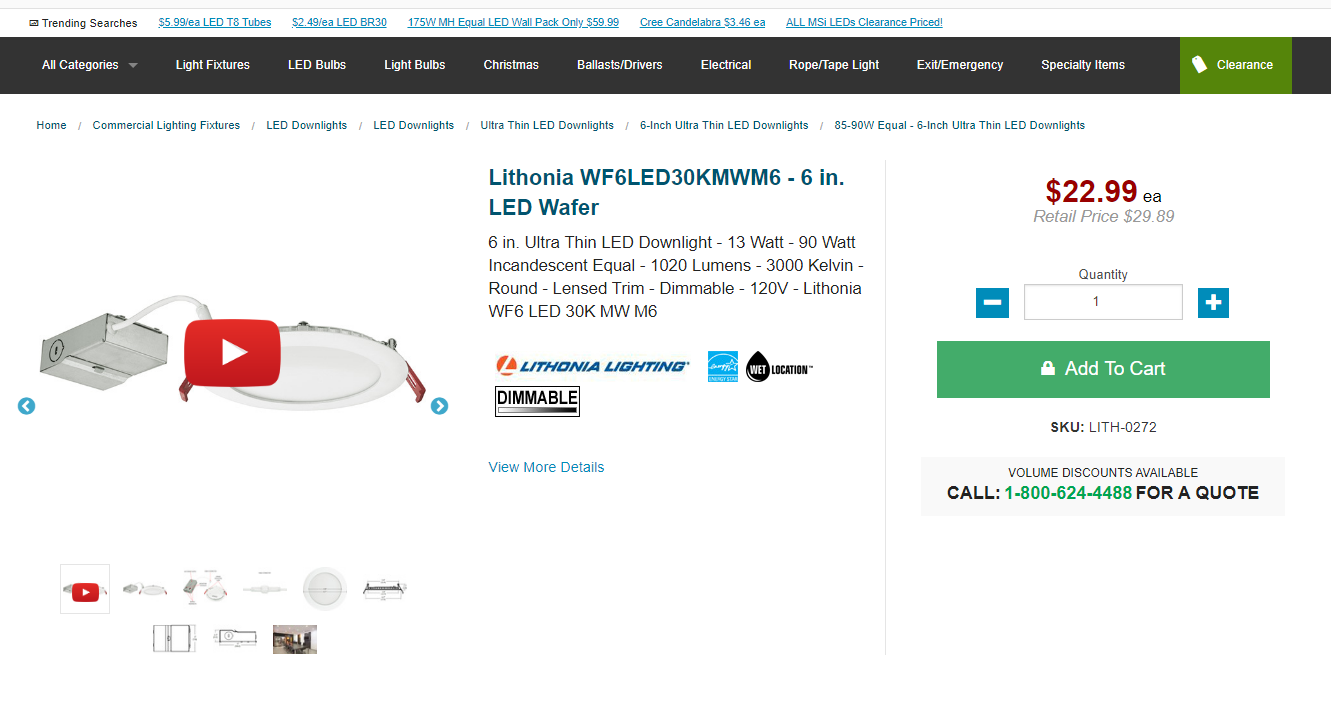
2.7 Be Consistent
If you use different sales channels (your own website and a number of eCommerce shopping malls) make sure the shared items have the same price on any of these. Otherwise, you may have to face customer service issues and a lack of trust.
Pricing strategy is really important but it means nothing without detailed, optimized, and keyword-rich product descriptions, high-quality photos, a positive brand image, and of course proper marketing.

True Experience

Nate Masterson, the Marketing Manager for Maple Holistics, a company dedicated to all-natural and cruelty-free personal care. Backed by education in finance and communication, Nate has been able to pursue both his professional and leisurely passions by working with Maple Holistics on becoming a leader in e-commerce. Originally from Riverdale, New York, Nate now works for Maple Holistics at their headquarters located in Farmingdale, New Jersey.

— What key factors affect marketplace pricing?
The most pivotal factors that influence marketplace pricing are that of the behavior of competition on an industry-wide scale. Ultimately, you’re only as competitive as your prices are in relation to your competition. Even if you offer a superior product, competition is capable of undercutting yours to the extent that it would be difficult for customers to resist. Therefore, it’s important to keep a close eye on industry trends in pricing in order to ensure that you remain competitive.
— Who pays the bill: the customer or the provider?
The customer always foots the bill. The reality of profit margins are such that there is a certain necessary price to be paid on the part of the consumer in order to recoup manfuacturing and marketing costs and associated expenses. Beyond that point in time, it’s a simple matter of understanding the market in order to know where you can price your product or service. However, it’s the customer picking up the bill – not the provider.
— What pricing strategy do you find the most profitable?
We find that a ‘flex’ pricing strategy is most profitable and effective. What that means is, we’re not married to our prices – we’re willing to raise and lower our prices accordingly depending on demand, industry trends, season, and other various influential factors. We find that this is effective because the market is, ultimately, a dynamic place. By reacting to it we’re able to optimize for any given point in time – we make more sales in slower seasons by lowering our prices and take advantage of the demand by tweaking our prices in busier seasons.

Yan Anderson is the Head of Content Marketing at CS-Cart with over 10 years of experience in the eCommerce industry. He's passionate about explaining complicated things in simple terms. Yan has expertise in building, running and growing eCommerce marketplaces. He loves to educate people about best practices, new technologies, and trends in the global eCommerce industry.
